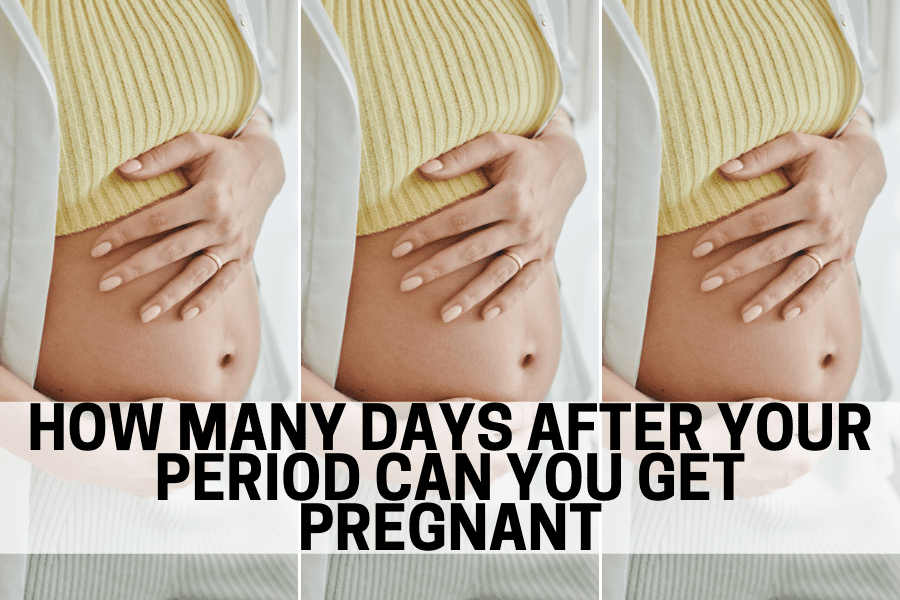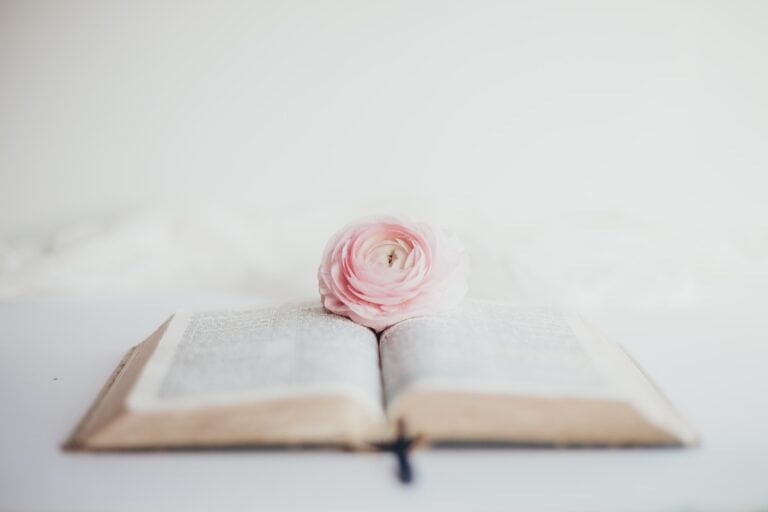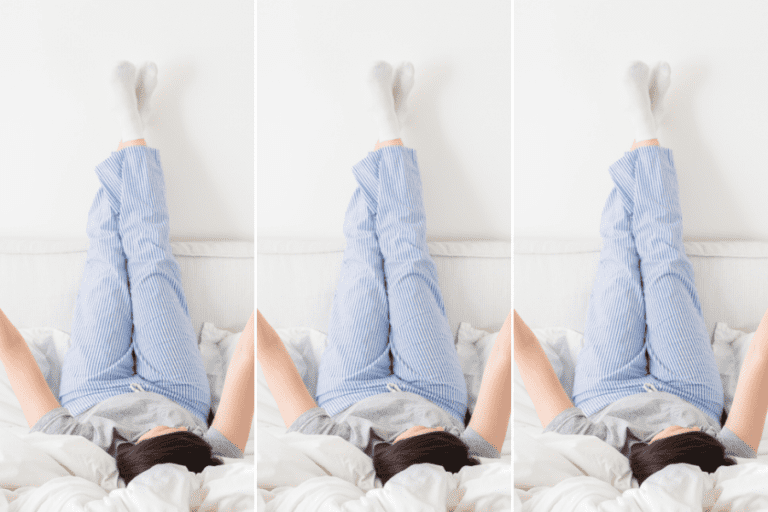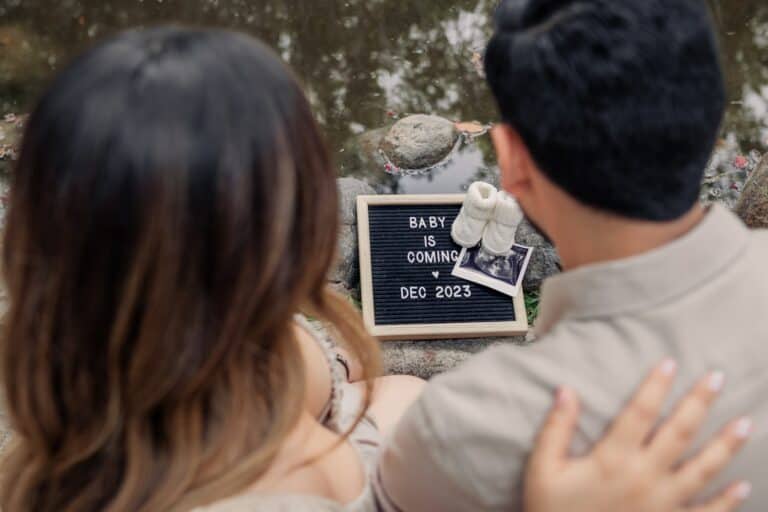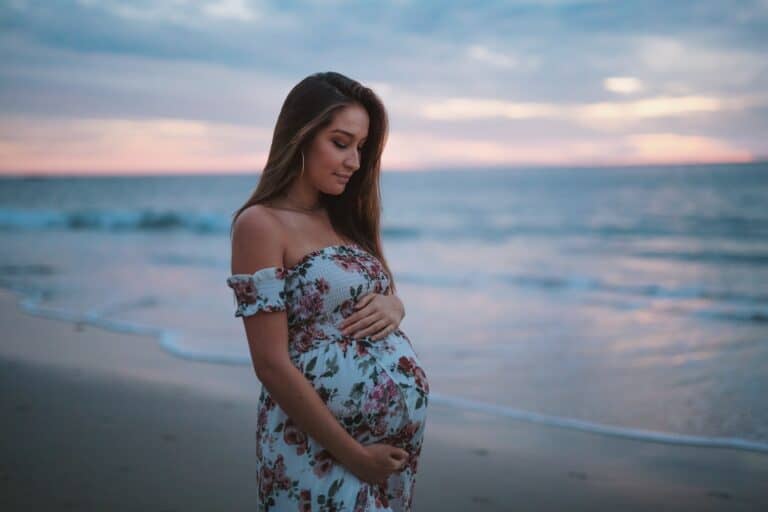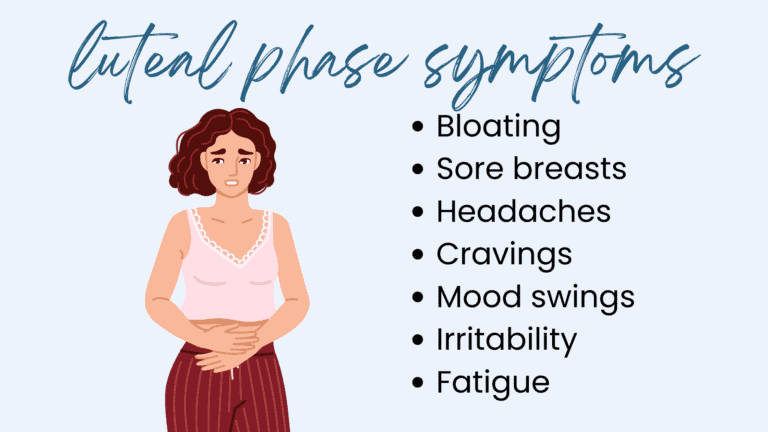How Many Days After Your Period Can You Get Pregnant?
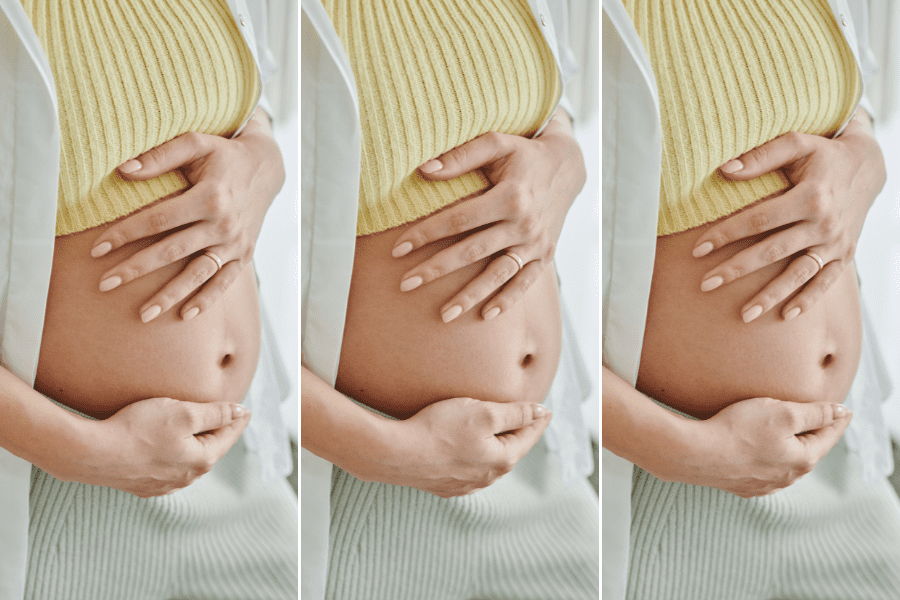
Last Updated on October 3, 2023 by Avi Steen
There is a lot of confusion about how long you have to wait after your period before you can get pregnant. Some people think that you can’t get pregnant right after your period, while others think that you can get pregnant as soon as five days after your period ends. So, what’s the truth? How many days after your period can you actually get pregnant?
- Best Age to Get Pregnant with PCOS
- Say a Prayer for Fertility in 5 Easy Steps
- 7 Insane Foods to Eat to Get Pregnant That Will Give You a Fertility Boost
- A Complete Guide: When To Get Pregnant
- 7 Ways to Survive the Holidays While Trying to Conceive
A Quick Look into Your Monthly Cycle
A woman’s cycle is often divided into four distinct phases: the menstrual phase, the follicular phase, the ovulatory phase, and the luteal phase. The menstrual phase, which occurs at the beginning of the cycle, is when the uterine lining is shed.
This is followed by the follicular phase, during which time the egg begins to mature. The ovulatory phase, which typically lasts for 24 to 48 hours, is when the egg is released from the ovary.
Tracking your basal body temperature is the best way to confirm ovulation during this time.
Finally, the luteal phase occurs, during which time the uterine lining begins to thicken in preparation for a possible pregnancy.
The length of a woman’s cycle can vary from month to month, but it is typically between 21 and 35 days long.
Phases of Your Cycle
Here’s an in-depth description of each phase of your menstrual cycle so that you will have a better understanding of how your body works:
Menstrual Phase
The menstrual phase is the first phase of the monthly menstrual cycle. It begins on the first day of bleeding and lasts for an average of about five to seven days.
During this time, the lining of the uterus sheds through the vagina. The average blood loss during this phase is about 30 to 80 milliliters.
This can vary from person to person and from cycle to cycle. However, blood loss may be heavier in some women and may last for more than seven days.
I’ve noticed within myself that blood loss has changed and varied after each of my births. So, postpartum can change your menstrual period as well.
Your hormone levels will be at their lowest during the menstrual phase. As a result, you may experience some premenstrual (PMS) symptoms, such as fatigue, mood swings, and bloating.
However, these symptoms should improve as you move into the follicular phase. In order to support your body during the menstrual phase, it’s important to eat a balanced diet (including leafy greens) and get plenty of rest.
Follicular Phase
The follicular phase is the second phase of the monthly cycle, and it begins toward the end of menstruation. During this phase, the body prepares for ovulation by producing follicle-stimulating hormone (FSH).
This hormone stimulates the growth of follicles in the ovaries, each of which contains an immature egg. The follicular phase varies in length of days depending on the woman’s total cycle length, and it ends when one of the follicles releases an egg during ovulation.
The egg then travels down the fallopian tube, where it may be fertilized by sperm. If fertilization does not occur, the egg degenerates and is shed along with the lining of the uterus during menstruation.
Thus, the follicular phase is a critical time in the menstrual cycle, as it sets the stage for ovulation, fertilization, and ultimately, pregnancy.
Ovulation Phase
The ovulation phase is the third phase of the menstrual cycle, during which the egg is released from the ovary. This phase typically lasts for 12 to 24 hours, and it occurs approximately halfway through the cycle (but this can also vary greatly).
During ovulation, the follicle ruptures and releases the egg into the fallopian tubes. Some signs of ovulation include wetter and slippery cervical mucus that is often described as egg-white in appearance, increased libido, and mild lower abdominal pain or cramping.
If you are trying to conceive, this is the time of the month when you should have sex in order to increase your chances of becoming pregnant.
Luteal Phase
The luteal phase is the second half of the menstrual cycle before your period starts, and it typically lasts for about 14 days. During this phase, the ovary produces progesterone, a hormone that thickens the uterine lining in preparation for pregnancy.
If fertilization does not occur, progesterone levels will drop, causing the uterine lining to shed and triggering menstruation. The length of the luteal phase can vary from woman to woman, but it is usually between 12 and 14 days.
In some cases, it may be as short as 10 days or as long as 16 days. Irregularities in the luteal phase can often be a sign of an underlying medical condition or hormonal imbalance.
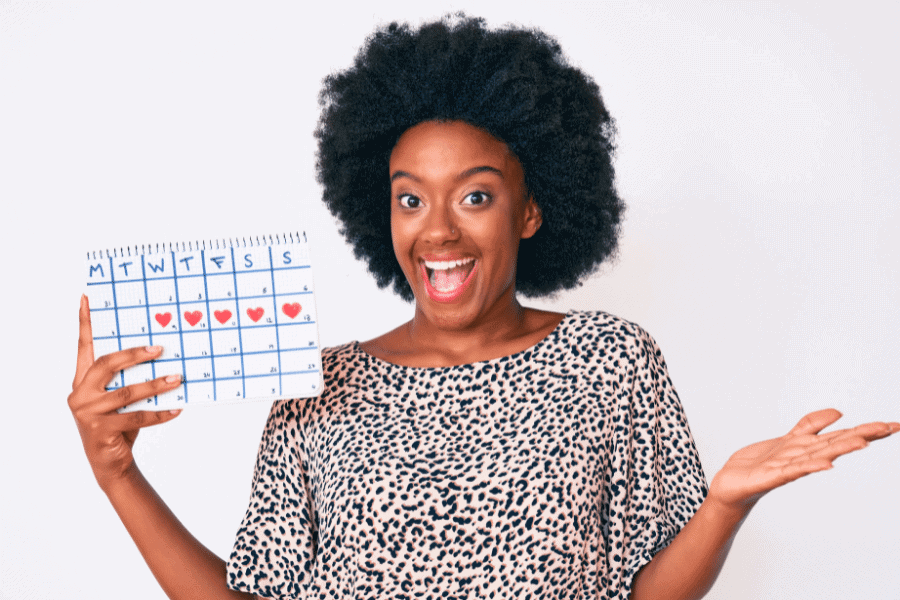
How Many Days After Your Period Can You Get Pregnant?
The day of ovulation is the most fertile day in a woman’s cycle, and it usually happens about 14 days before her next period. However, it is possible to get pregnant on any of the days leading up to ovulation, as well as the day of ovulation itself.
This is because sperm can survive in the female reproductive tract for up to five days. So, if a woman has sex just before or on the day of ovulation, there is a chance that the sperm will still be present when the egg is released.
As a result, it is not possible to say definitively how many days after your period you can get pregnant. However, if you are trying to conceive, having sex during the few days leading up to ovulation is more likely to result in pregnancy than having sex on any other day of your cycle.
Fertile Window
One of the most important things to know when trying to conceive is when you are ovulating. The presence of cervical mucus can help you determine your fertile window- the days in your cycle when you are most likely to get pregnant.
Cervical mucus changes throughout your cycle, becoming thinner and more slippery around the time of ovulation. This is because the mucus helps to protect and transport sperm to the egg.
When trying to conceive, it is important to have sex during your fertile window. By keeping an eye on your cervical mucus when you wipe, you can increase your chances of getting pregnant.
Number of Days
The fertile window is about five to six days in length but can vary from woman to woman. Some women may have a shorter or longer fertile window, while some may not ovulate at all during their cycle.
Is it possible to get pregnant right after your period ends?
Although it is not common, it is possible to get pregnant immediately after your period. This can happen if you ovulate early or if the sperm survives long enough to fertilize the egg.
The average cycle is 28 days, but some women have shorter or longer cycles. Those with shorter cycles usually also ovulate earlier.
Safe Days for Not Getting Pregnant
Usually, safe days for not getting pregnant are dry days after ovulation leading up to your menstrual cycle. This varies in many women.
Final Thoughts
So, what’s the answer? How many days after your period can you get pregnant? The honest answer is that it’s impossible to say definitively.
Every woman’s body is different and every cycle varies somewhat. However, by getting to know your own body and fertility signs like cervical mucus, you can get a better idea of when you are most likely to ovulate – and increase your chances of pregnancy!
What cycle day do you usually ovulate on? Let us know in the comments below.

Octavia Steen is an NBDA certified fertility doula, health coach, certified fitness nutrition specialist, aspiring missionary with the COGIC, and owner of Mother Mindset. She helps future and current mamas become more consistent in faith + fitness and grow closer to God so they can create a healthier lifestyle from the inside out!

